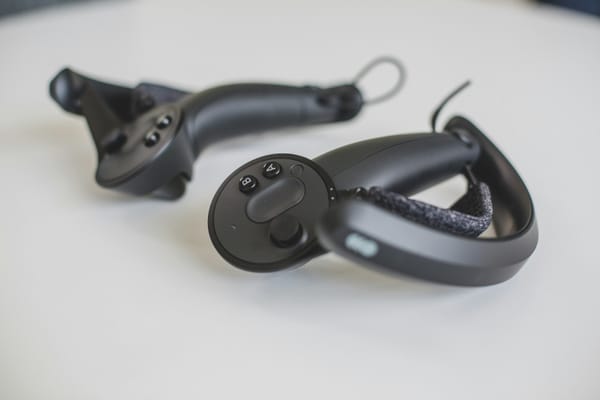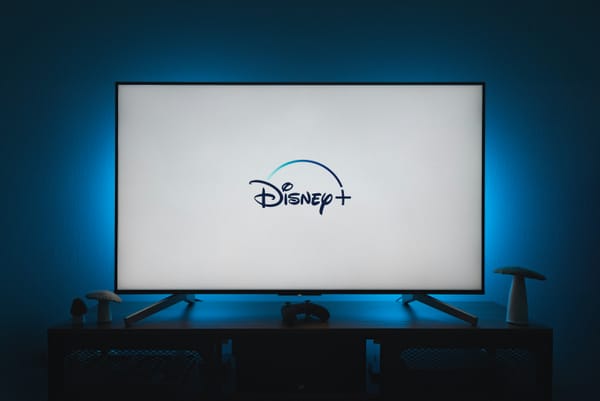14 Best Use Cases of Virtual Reality In Healthcare
Explore the transformative impact of Virtual Reality in healthcare. Immerse into innovative solutions reshaping patient care and medical training
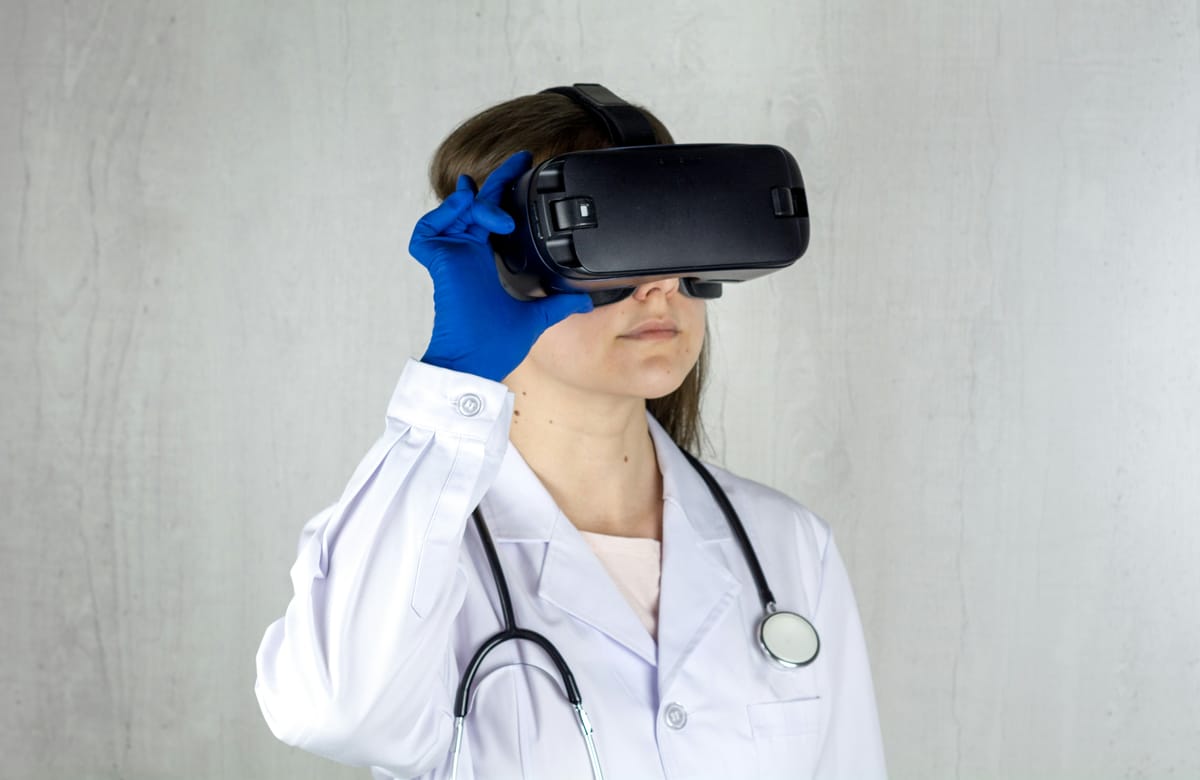
Step into a realm where pixels and data converge to revolutionize healthcare - Virtual Reality in Healthcare. Dive into a Virtual Workspace where healing meets innovation, promising immersive therapy, training simulations, and mental health interventions. Explore how this cutting-edge technology is reshaping the future of patient care, offering a glimpse into a virtual realm with endless possibilities for improving medical outcomes and transforming the way we perceive healthcare delivery. Join us on a journey where digital landscapes blend seamlessly with healthcare, pushing the boundaries of what's possible in the realm of Virtual Reality.
Table of Contents
- What Is VR?
- 14 Best Use Cases of Virtual Reality In Healthcare
- Use Cases for Virtual Reality In Healthcare Education
- The Future of VR In Healthcare
- Get The Apple Vision Pro Experience for A Fraction of The Cost With Fluid
What Is VR?
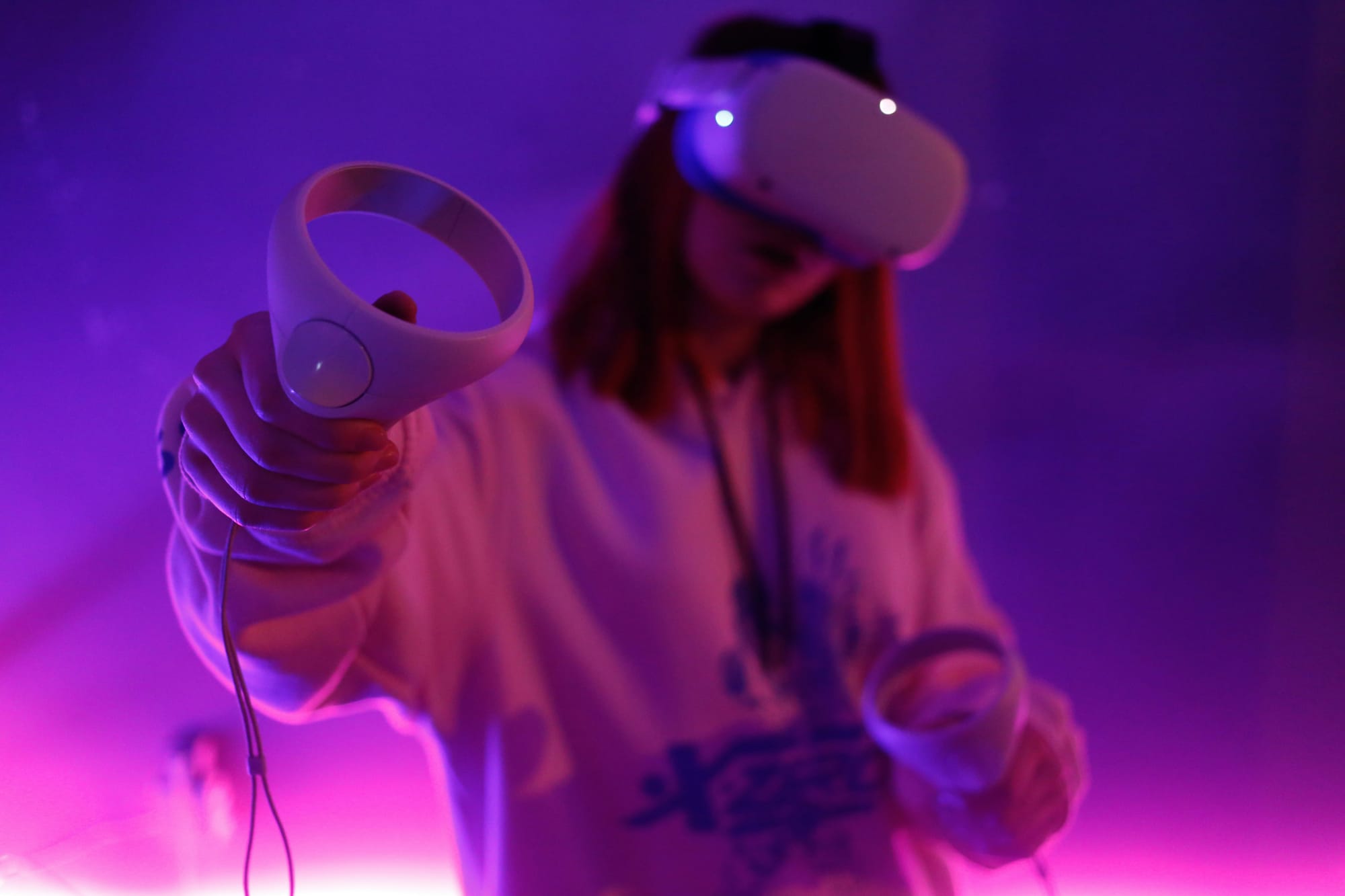
Virtual reality (VR) is a technology that immerses users in a completely digital environment, typically through the use of a headset. VR creates a simulated experience that can be similar to or completely different from the real world. Users can interact with this artificial environment in a seemingly real way, enhancing their sensory experiences.
Distinguishing Between Augmented Reality (AR) and Mixed Reality (MR)
Augmented reality (AR) overlays digital information on top of the real world, enhancing what we see, hear, and feel. AR does not immerse users in a fully digital environment but rather supplements the real world with digital elements. On the other hand, mixed reality (MR) combines aspects of both AR and VR by blending digital content with the physical environment in a way that allows them to interact in real time.
Exploring the Intersection of Virtual Reality and Healthcare
Virtual reality (VR) has shown significant promise in the healthcare industry, revolutionizing patient care, medical training, therapy, and rehabilitation. In healthcare settings, VR technologies can transport patients to immersive environments for pain distraction, anxiety reduction, and therapeutic interventions. Surgeons can also benefit from VR simulations for training purposes, enabling them to practice complex procedures in a safe and controlled virtual environment.
VR can be utilized in medical education to provide students with realistic scenarios and hands-on practice. Patients with physical disabilities or limitations can undergo virtual rehabilitation to improve motor skills and cognitive functions. Mental health professionals are also exploring the use of VR for exposure therapy, phobia treatment, and stress management.
The Future of Healthcare Enhanced by Virtual Reality
As technology continues to advance, the integration of virtual reality in healthcare is expected to grow exponentially. From telemedicine and remote consultations to personalized treatment plans and innovative surgical procedures, VR offers endless possibilities for improving patient outcomes and enhancing the overall healthcare experience.
Turn Your VR Headset into a Spatial Computer with Fluid
Fluid allows you to create a flexible workspace in XR on the Meta Quest. With Fluid, you can place big screens anywhere in augmented reality. Fluid enables flexible workspaces and entertainment, cloud gaming, and much more. The most game-changing feature of all: Fluid allows you to create a virtual workstation with VR/AR using the Meta Quest, with virtually any screen size.
You can create your own $5,000+ work setup in VR/AR, and take it wherever you’d like to. Fluid solves remote working and remote work collaboration, long-distance relationships, remote teams, small startups with distributed co-founders, gamers that want a portable VR/AR gaming set, students, and much more. Turn your VR headset into a spatial computer for free today with Fluid. Break free from physical screens, watch content on a big screen from anywhere, get into a deep flow state by being immersed in your work, and create a flexible workspace anywhere with Fluid.
Related Reading
- Vr Workplace
- Augmented Reality In The Workplace
- Vr Work From Home
- Vr Design
- Vr Training
- Vr Programs
- Vr In Business
- Vr Marketing
- Vr Conferencing
- Vr Meetings
- Virtual Reality Business Applications
14 Best Use Cases of Virtual Reality In Healthcare
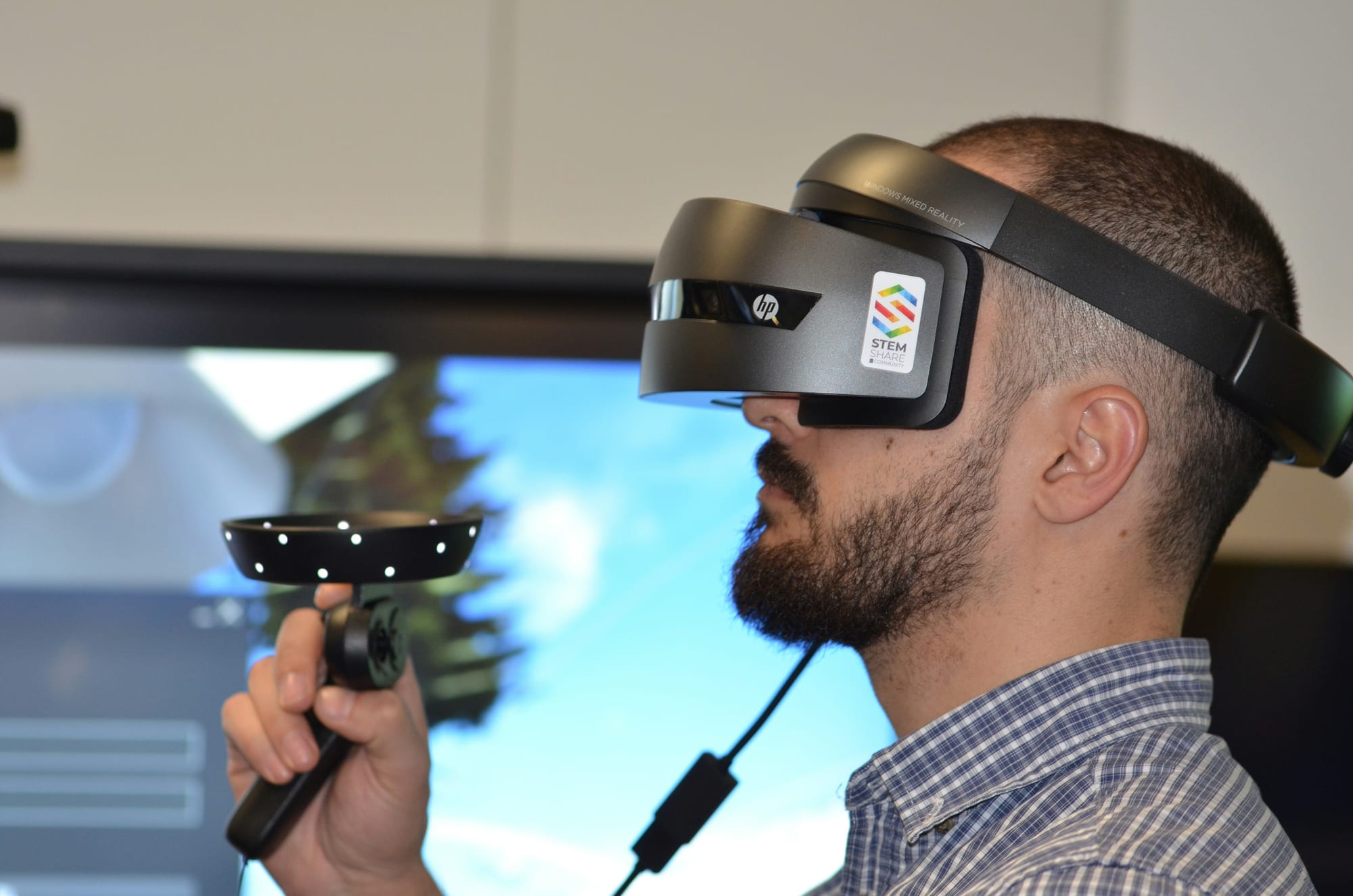
1. Revolutionizing Medical Training and Education
Virtual reality in healthcare is transforming medical training and education by providing realistic simulations of surgical procedures, anatomy lessons, and patient interactions. Medical students can hone their skills in a safe and controlled environment, leading to better preparedness when facing real-life scenarios.
2. Enhancing Pain Management and Rehabilitation
VR technology is being used to improve pain management and rehabilitation techniques. Patients undergoing painful procedures or recovering from injuries can benefit from immersive experiences that distract them from discomfort, reduce anxiety, and accelerate the healing process.
3. Improving Psychological Therapy and Mental Health Treatment
Virtual reality is proving to be a valuable tool in psychological therapy and mental health treatment. Therapists can create custom environments to help patients confront and overcome phobias, PTSD, anxiety disorders, and other mental health challenges in a controlled and supportive setting.
4. Facilitating Remote Consultations and Telemedicine
Virtual reality enables remote consultations and telemedicine services, allowing healthcare professionals to connect with patients in distant locations. VR technology enhances the doctor-patient interaction by providing a more immersive and personalized experience, leading to improved outcomes and accessibility to healthcare services.
5. Empowering Patients with Health Education and Awareness
VR applications are empowering patients by providing them with interactive health education and awareness tools. Patients can explore virtual representations of their own anatomy, medical conditions, and treatment options, leading to better understanding, compliance, and engagement in their care plans.
6. Streamlining Surgical Planning and Preoperative Visualization
Surgeons are using virtual reality to streamline surgical planning and preoperative visualization. By creating 3D models of patient anatomy from medical imaging scans, surgeons can practice complex procedures, identify potential risks, and optimize surgical outcomes before stepping into the operating room.
7. Aiding in Physical Therapy and Motor Skills Rehabilitation
Virtual reality aids in physical therapy and motor skills rehabilitation by offering engaging and interactive exercises for patients recovering from strokes, spinal cord injuries, or other neurological conditions. VR simulations can motivate patients, track their progress, and personalize their treatment plans for better results.
8. Enhancing Medical Imaging and Diagnostic Interpretation
Medical professionals are utilizing virtual reality to enhance medical imaging and diagnostic interpretation. VR technology allows radiologists and clinicians to visualize and manipulate 3D images of the body, leading to improved accuracy, efficiency, and collaboration in diagnosis and treatment planning.
9. Supporting Chronic Disease Management and Monitoring
Virtual reality is supporting chronic disease management and monitoring by offering patients tools for self-care, symptom tracking, and lifestyle modifications. Patients with chronic conditions such as diabetes, hypertension, or asthma can benefit from VR applications that promote healthy behaviors and adherence to treatment regimens.
10. Facilitating Patient Rehabilitation and Home Care
VR technology is facilitating patient rehabilitation and home care by providing remote monitoring, guidance, and support for individuals recovering from surgeries, injuries, or chronic illnesses. Patients can access virtual rehabilitation programs and consultations from the comfort of their homes, leading to improved outcomes and quality of life.
11. Improving Accessibility to Healthcare Services
Virtual reality is improving accessibility to healthcare services for patients in underserved or remote areas. By leveraging VR technology, healthcare providers can reach populations with limited access to medical facilities, specialists, or resources, leading to more equitable healthcare delivery and outcomes.
12. Empowering Caregivers with Training and Support
Virtual reality is empowering caregivers with training and support resources to enhance their skills in caring for patients with complex needs. Caregivers can access VR simulations and scenarios to practice caregiving techniques, improve communication, and manage challenging situations, leading to better care outcomes and caregiver well-being.
13. Enhancing Patient Experience in Hospitals and Clinics
Hospitals and clinics are enhancing the patient experience by integrating virtual reality into their healthcare services. From reducing anxiety and stress in waiting rooms to providing entertainment and distraction during procedures, VR technology is improving patient satisfaction, comfort, and overall well-being.
14. Supporting Medical Research and Innovation
Virtual reality is supporting medical research and innovation by enabling researchers to conduct experiments, simulations, and studies in immersive and controlled environments. VR technology accelerates the discovery and development of new treatments, interventions, and technologies, leading to advancements in healthcare delivery and outcomes.
Revolutionizing Workspaces
Fluid allows you to create a flexible workspace in XR on the Meta Quest. With Fluid, you can place big screens anywhere in augmented reality. Fluid enables flexible workspaces and entertainment, cloud gaming, and much more. The most game changing feature of all: Fluid allows you to create a virtual workstation with VR/AR using the Meta Quest, with virtually any screen size. You can create your own $5,000+ work setup in VR/AR, and take it wherever you’d like to.
Fluid solves remote working and remote work collaboration, long distance relationships, remote teams, small startups with distributed cofounders, gamers that want a portable VR/AR gaming set, students, and much more. Turn your VR headset into a spatial computer for free today with Fluid. Break free from physical screens, watch content on a big screen from anywhere, get into a deep flow state by being immersed in your work, and create a flexible workspace anywhere with Fluid.
Use Cases for Virtual Reality In Healthcare Education
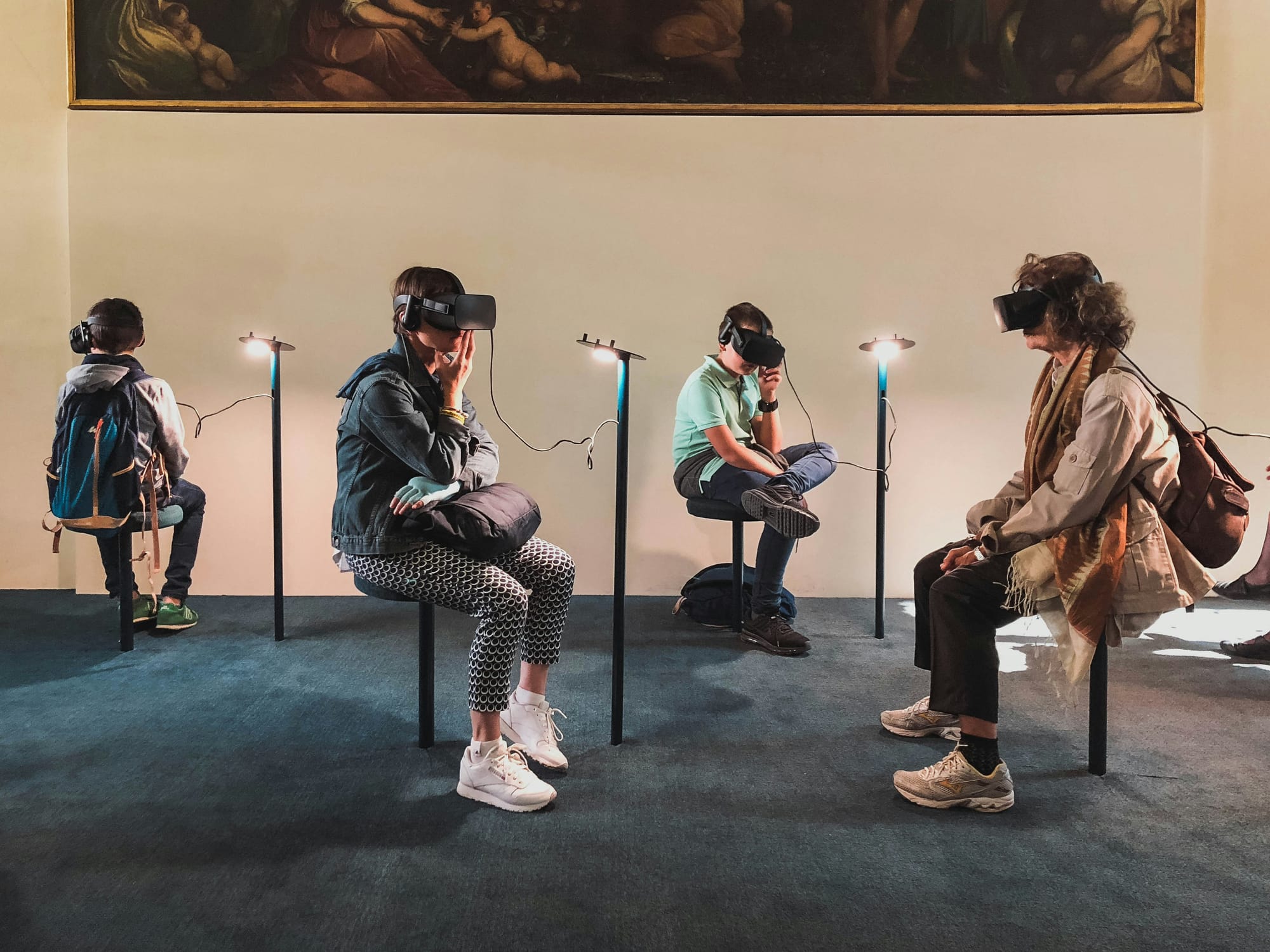
Virtual Reality (VR) technology has revolutionized medical education and training by providing advanced tools for immersive learning experiences. Here are 10 compelling use cases for incorporating VR in healthcare education at various levels:
1. Anatomy Visualization
VR allows students to explore the human body in 3D, providing a detailed understanding of anatomy beyond traditional textbooks or 2D images. Students can virtually dissect organs, study structures from different angles, and gain a deeper appreciation of human anatomy.
2. Surgical Simulations
VR simulations offer a safe environment for medical students to practice surgical procedures without risking patient safety. By replicating realistic surgical scenarios, students can hone their skills, improve decision-making under pressure, and enhance their overall surgical proficiency.
3. Medical Imaging Interpretation
VR applications enable students to review and interpret medical imaging scans, such as MRIs or CT scans, in a simulated environment. By manipulating virtual images and identifying abnormalities, students can develop their diagnostic skills and learn how to effectively communicate findings to colleagues.
4. Patient Interaction Training
Through VR simulations, medical students can practice communicating with virtual patients in various clinical settings. These interactions help students develop empathy, bedside manner, and effective communication skills, preparing them for real-world patient care scenarios.
5. Emergency Response Training
VR scenarios can simulate emergency situations, such as cardiac arrests or trauma events, allowing students to practice rapid decision-making and coordination in high-stress environments. This training enhances students' abilities to respond effectively in critical care settings.
6. Virtual Field Trips
VR technology can transport students to different healthcare facilities, such as hospitals, clinics, or research laboratories, without physically being there. These virtual field trips provide students with exposure to diverse healthcare environments and practices, enriching their learning experiences.
7. Cultural Competency Training
VR simulations can immerse students in virtual environments representing diverse patient populations, helping them understand cultural nuances, beliefs, and practices that may impact healthcare delivery. This training fosters cultural competency and sensitivity among future healthcare professionals.
8. Interprofessional Collaboration
VR facilitates collaborative learning experiences by bringing together students from different healthcare disciplines, such as medicine, nursing, and pharmacy, in virtual team-based activities. This interdisciplinary approach promotes effective communication, teamwork, and holistic patient care.
9. Mental Health Simulations
VR simulations can simulate mental health scenarios, allowing students to practice counseling techniques, de-escalation strategies, and empathy-building skills in a realistic yet controlled setting. This training equips students to better support patients with mental health concerns.
10. Continuing Education Modules
Professionals can access VR modules for ongoing training and skill development, staying updated on the latest advancements in healthcare practices, technologies, and protocols. VR offers a convenient and interactive platform for continuous learning in the rapidly evolving field of healthcare.
By leveraging the immersive capabilities of VR technology, medical education programs can enhance student learning, improve clinical competencies, and ultimately elevate the quality of patient care in healthcare settings.
Related Reading
- Virtual Reality In The Classroom
- Virtual Reality In Architecture
- Virtual Reality Therapy
- Teams Vr
- Working In Vr
- Vr Collaboration
- Vr Educational Apps
- Vr Data Visualization
- Virtual Reality Presentation
- Vr Prototyping
- Virtual Reality In Healthcare
- Enterprise Virtual Reality
- Immersed Vs Virtual Desktop
- Vr Productivity Apps
- Virtual Reality For Training Employees
- Benefits Of Virtual Reality In Business
The Future of VR In Healthcare
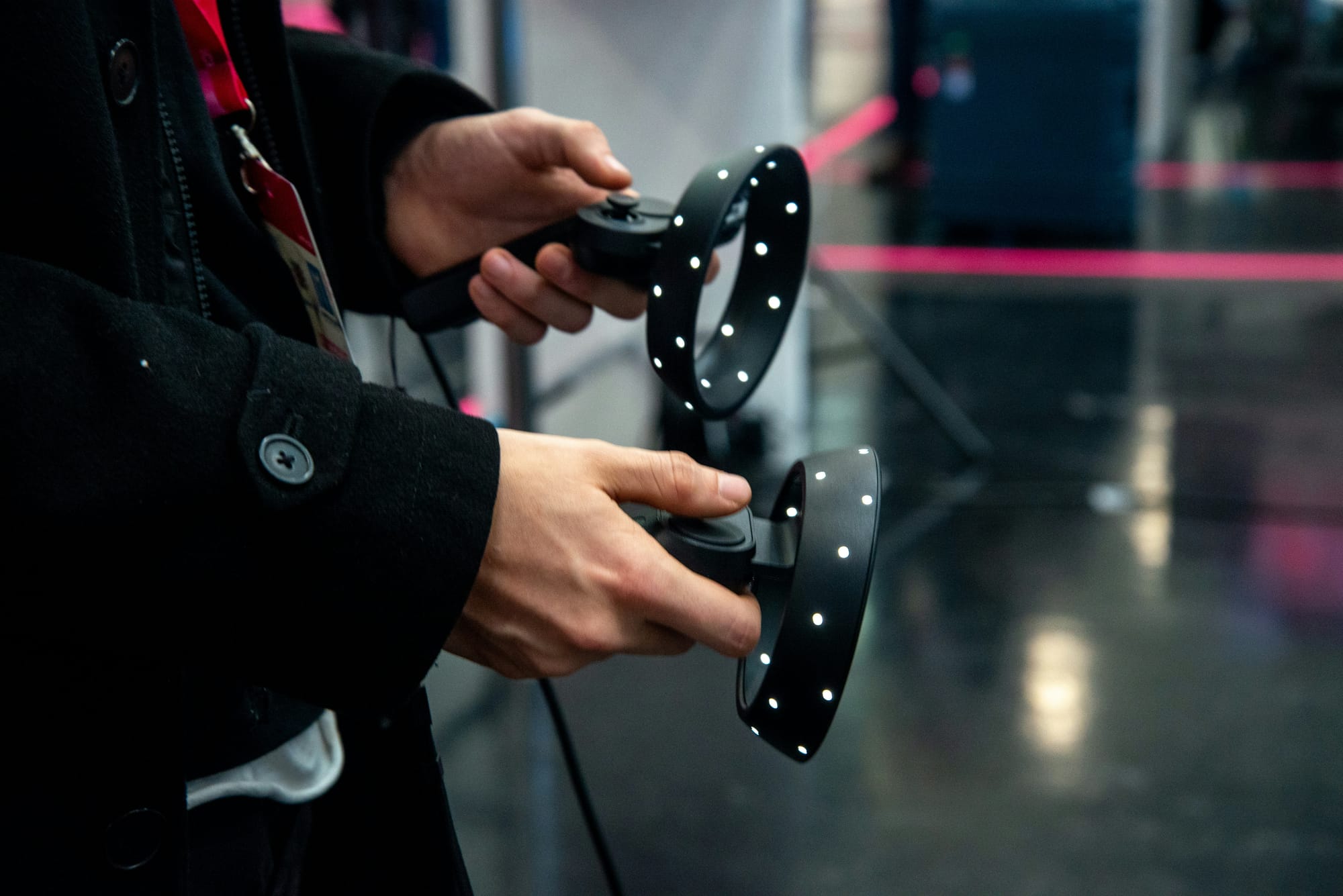
The integration of virtual reality (VR) in healthcare has shown immense potential for revolutionizing patient care, medical training, therapy, and more. Looking ahead, several exciting future directions and developments can be anticipated in this rapidly evolving field.
1. Enhanced Medical Training and Education
VR technology can provide immersive, realistic simulations for medical students and professionals to practice surgeries, medical procedures, and patient interactions. This can lead to more skilled healthcare providers and improved patient outcomes.
2. Pain Management and Therapy
VR has already shown promise in helping patients manage pain, anxiety, and stress. Future developments may include customized VR experiences tailored to individual patient needs, offering alternative pain management strategies without reliance on medications.
3. Remote Patient Monitoring and Telemedicine
With the rise of telemedicine, VR can offer a more immersive and interactive experience for remote patient consultations. Future advancements may enable doctors to virtually visit patients' homes, monitor vital signs in real-time, and provide personalized care from a distance.
4. Treatment of Mental Health Disorders
VR therapy has demonstrated effectiveness in treating phobias, PTSD, anxiety disorders, and more. Future directions may involve the development of VR programs specifically designed for different mental health conditions, expanding treatment options and accessibility.
5. Rehabilitation and Physical Therapy
VR technology can enhance rehabilitation exercises by making them more engaging and motivating for patients. Future developments may include personalized VR rehabilitation programs that adapt to individual progress and needs, accelerating recovery processes.
6. Patient Empowerment and Engagement
VR experiences can empower patients by educating them about their health conditions, treatment options, and self-care practices. Future directions may focus on creating interactive VR tools for patients to actively participate in their healthcare journey.
By embracing these future directions and developments, virtual reality in healthcare holds the potential to transform the way we approach medical treatment, training, and patient care, ultimately improving health outcomes and enhancing the overall healthcare experience.
Unlocking Boundless Potential
Fluid allows you to create a flexible workspace in XR on the Meta Quest. With Fluid, you can place big screens anywhere in augmented reality. Fluid enables flexible workspaces and entertainment, cloud gaming, and much more. The most game-changing feature of all: Fluid allows you to create a virtual workstation with VR/AR using the Meta Quest, with virtually any screen size. You can create your own $5,000+ work setup in VR/AR, and take it wherever you’d like to.
Fluid solves remote working and remote work collaboration, long-distance relationships, remote teams, small startups with distributed co-founders, gamers that want a portable VR/AR gaming set, students, and much more. Turn your VR headset into a spatial computer for free today with Fluid. Break free from physical screens, watch content on a big screen from anywhere, get into a deep flow state by being immersed in your work, and create a flexible workspace anywhere with Fluid.
Get The Apple Vision Pro Experience for A Fraction of The Cost With Fluid
Immersive virtual reality (VR) experiences have revolutionized the healthcare industry, offering innovative solutions to various challenges. One groundbreaking development in this field is the introduction of Fluid, a platform that enables users to create flexible workspaces in XR on the Meta Quest. This technology allows for the placement of large screens anywhere in augmented reality, opening up a world of possibilities for healthcare professionals.
Enhancing Remote Collaboration and Work Efficiency
Fluid's key feature lies in its ability to create virtual workstations with VR/AR using the Meta Quest, offering a diverse range of screen sizes to suit individual needs. This flexibility is particularly advantageous for healthcare practitioners who may require access to multiple screens for viewing patient data, medical imaging, and research materials.
By eliminating the constraints of physical screens, Fluid empowers healthcare teams to collaborate seamlessly, even when geographically dispersed. This not only streamlines workflows but also enhances productivity and decision-making processes in critical healthcare settings.
Improving Patient Care and Treatment Outcomes
In the realm of healthcare, Fluid can be a game-changer for medical professionals conducting virtual consultations, surgical simulations, and educational training sessions. The ability to create customized work setups in VR/AR enables practitioners to immerse themselves in a virtual environment tailored to their specific requirements.
This level of immersion fosters a deeper understanding of complex medical concepts, ultimately leading to improved patient care and treatment outcomes. By leveraging Fluid, healthcare providers can enhance their skills, stay updated on the latest advancements in their field, and deliver more personalized care to patients.
Empowering Healthcare Innovation and Research
Fluid's impact extends beyond clinical practice to the realm of healthcare innovation and research. Virtual workstations created through this platform offer a versatile space for exploring new ideas, conducting experiments, and analyzing data in a collaborative virtual environment.
Researchers and innovators in the healthcare sector can leverage Fluid to push the boundaries of knowledge, develop groundbreaking technologies, and drive advancements in medical science. By harnessing the power of VR/AR through Fluid, healthcare professionals can unlock new possibilities for innovation, discovery, and transformative change in the industry.
Experience Fluid Today and Transform Your Healthcare Practice
To harness the full potential of Fluid in healthcare, professionals can seamlessly transition their VR headset into a spatial computer for free today. By breaking free from physical screens and embracing the versatility of Fluid, healthcare practitioners can watch content on a large virtual screen from anywhere, immerse themselves in their work to achieve a deep flow state, and create flexible workspaces tailored to their unique needs.
Whether you are a healthcare provider, researcher, educator, or innovator, Fluid offers a transformative tool to enhance your practice, drive innovation, and elevate patient care to new heights.
